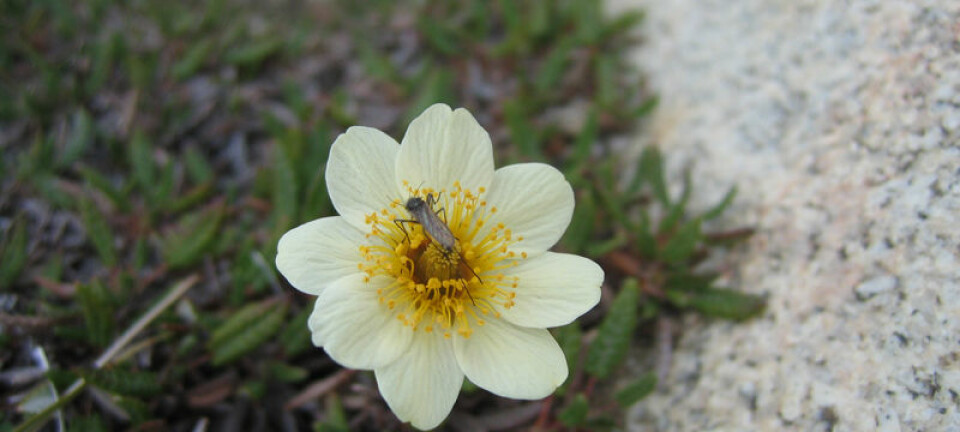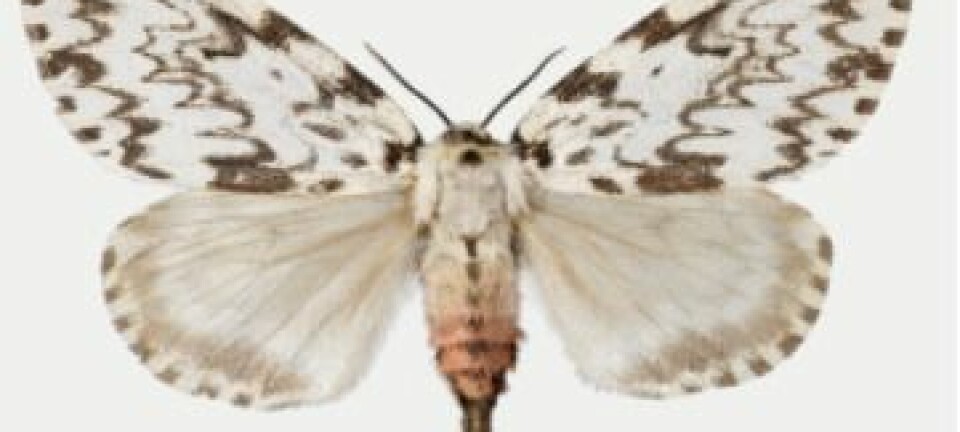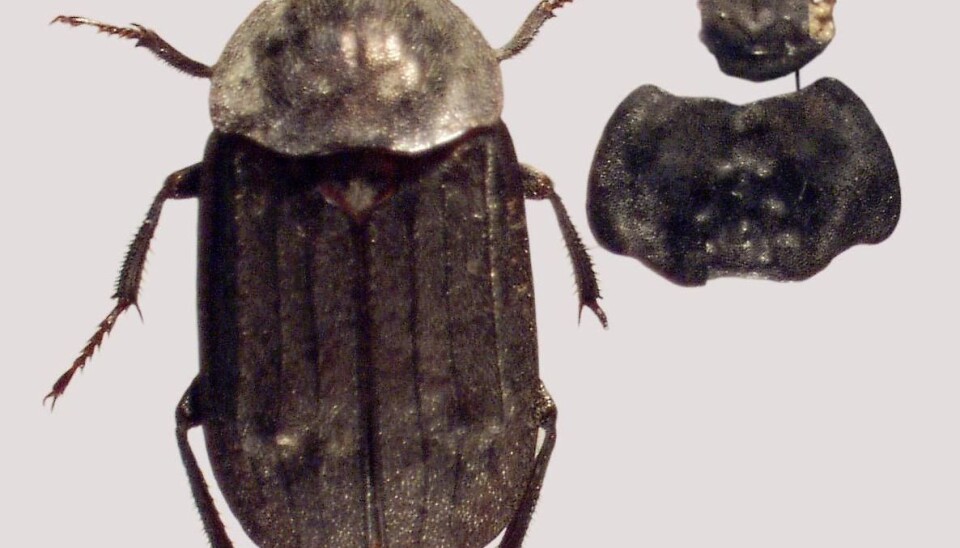
Ancient insects reveal Danish climate secret
Ice Age insects dug up from a bog in Denmark reveal that Danish winters were colder in the late Ice Age than previously thought.
Insects that flew around in Ice Age Denmark more than 14,000 years ago can still tell us about how things were back then.
Scientists used to think that Danish winters became warmer after the last Ice Age. However, insects dug up from a Danish bog now reveal that average temperatures in the coldest winter months were as low as -17 C.
”We have, for the first time, managed to reconstruct the entire Ice Age landscape and climate. It turns out that Denmark was an open moorland covered with small shrubs and herbs – much like Norwegian mountains,” says Morten Fischer Mortensen, a curator at the National Museum of Denmark, who headed the scientific studies of the insects.
Insects are good indicators
Together with Professor Geoffrey Lemdahl of the Linneaus University in Sweden, Mortensen has carried out new analyses of the ancient insects, which were dug up in a Palaeolithic site known as Slotseng. The analyses reveal a highly detailed picture of the climate and the landscape some 14,000 years ago.
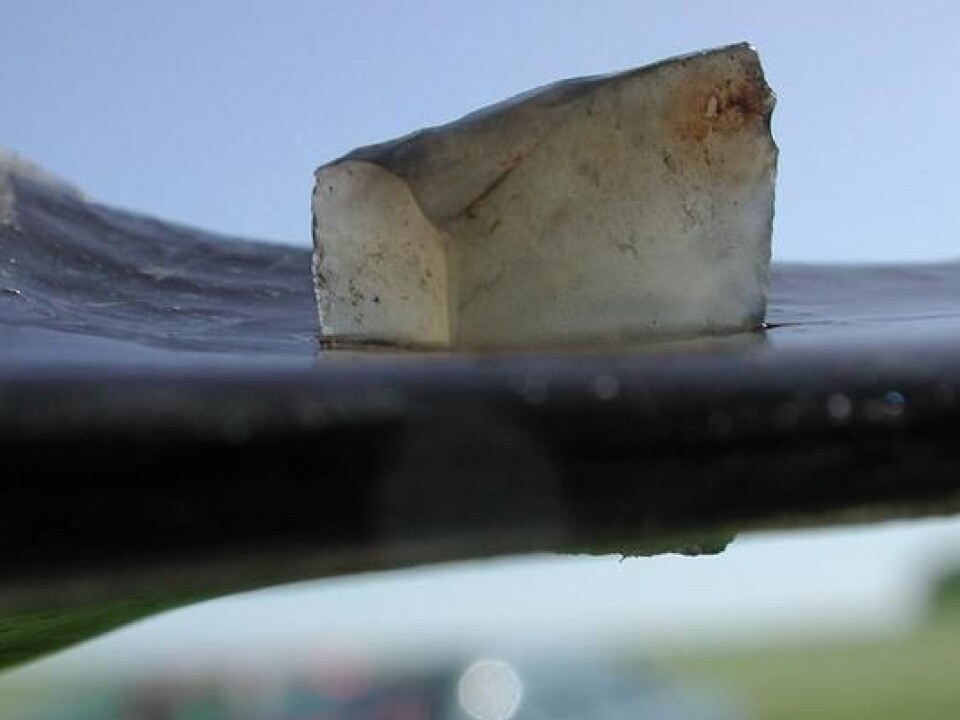
”Unlike plants, which spread slowly, many insects start appearing as soon as temperature conditions become favourable. This makes insects good indicators of past climate,” says Mortensen.
The new findings are published in the journal Quaternary International.
New piece in puzzle about the past
Astrid Schmidt, a postdoc fellow at the Niels Bohr Institute, Ice and Climate, at the University of Copenhagen, is impressed with the new findings:
”With these new findings from Slotseng, the final piece falls into place. They show that Denmark was colder than e.g. southern Britain, but warmer than southern Sweden. It is also interesting to see that the climatic conditions in Denmark were similar to those in an area in Switzerland,” says Schmidt, who was not involved in the new study.
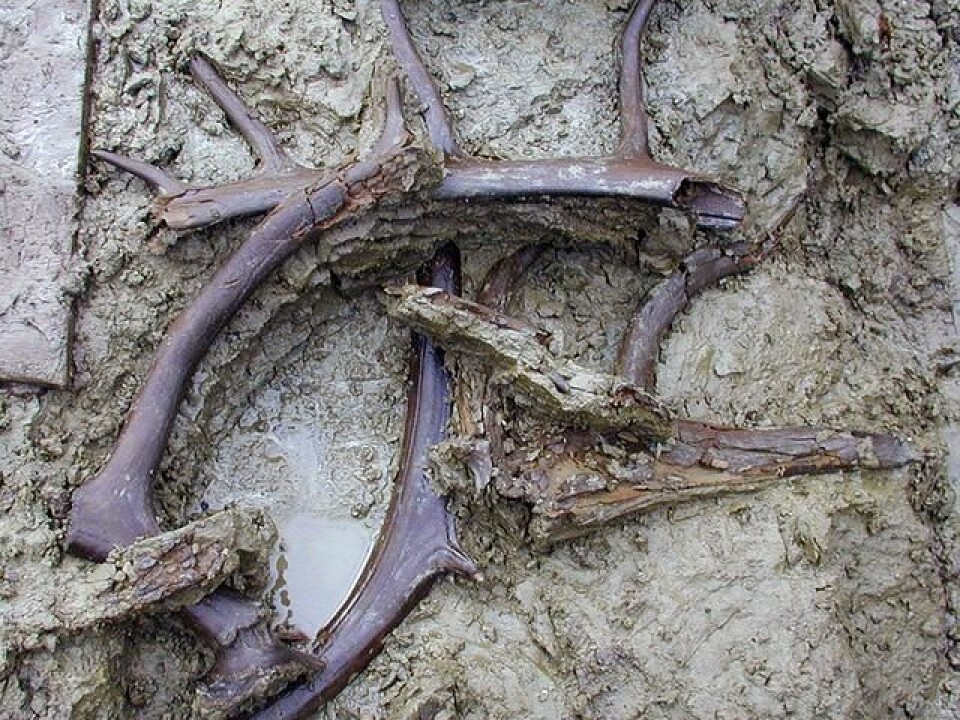
Although Denmark was cold in the late Ice Age, the insects have also shown that the country had almost the same summer temperatures 14,000 years ago as today.
Important excavation site
The bog find in Slotseng not only reveals details about past climate; it also provides information about when the first humans arrived in Denmark.
In addition to the insects, the archaeologists also found reindeer antlers, bones and an arrowhead, which was drilled into one of the reindeer antlers. Carbon-14 dating of these items reveals that humans were in Denmark as far back as 14,100 years ago.
This is an important finding, says archaeologist Kristoffer Buch Pedersen, who took part in the excavation:
“Slotseng is probably the most important new excavation of an area from the end of the Ice Age in Northern Europe, because it has not only provided us with new information about the climate and the landscape; it has also confirmed some assumptions about how people lived back then.”
Archaeologists waited for ten years
Before the excavation work at Slotseng started, scientists and archaeologists had known for about a decade that something interesting was lurking beneath the soil.
”In the early 1990s, a geology student made some drill samples 4-5 metres down into the soil. One of the samples included a piece of reindeer antler, which was incredibly fortunate,” says Mortensen, adding that they have spent more than a decade raising funds for the excavation project at Slotseng.
A small test excavation subsequently found more bones and antlers with traces of humans, and finally, in 2000, the actual excavation work started.
----------------
Read the Danish version of this article at videnskab.dk


